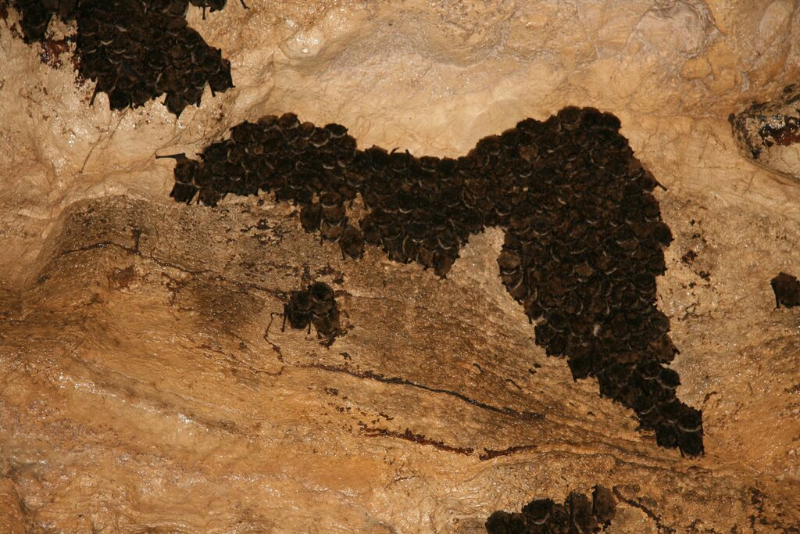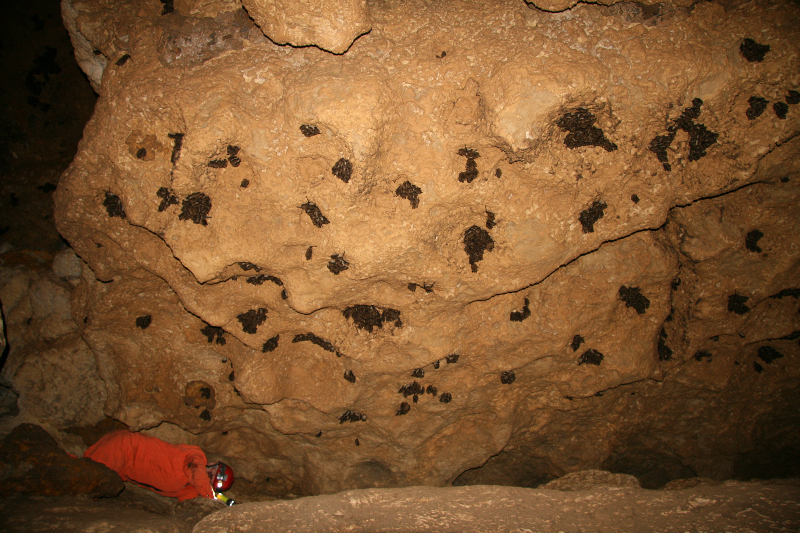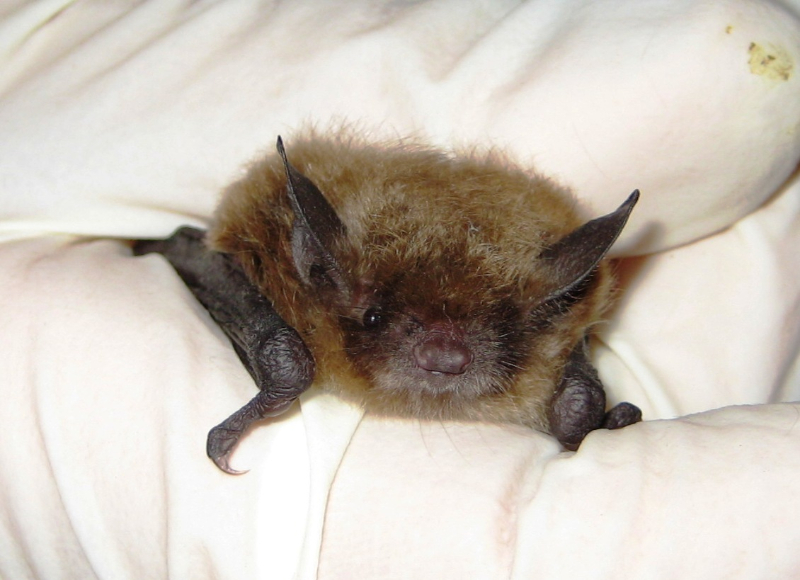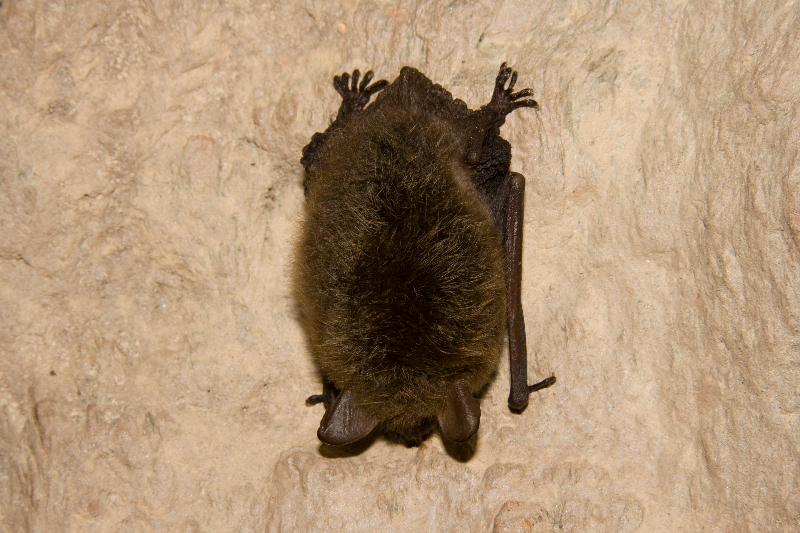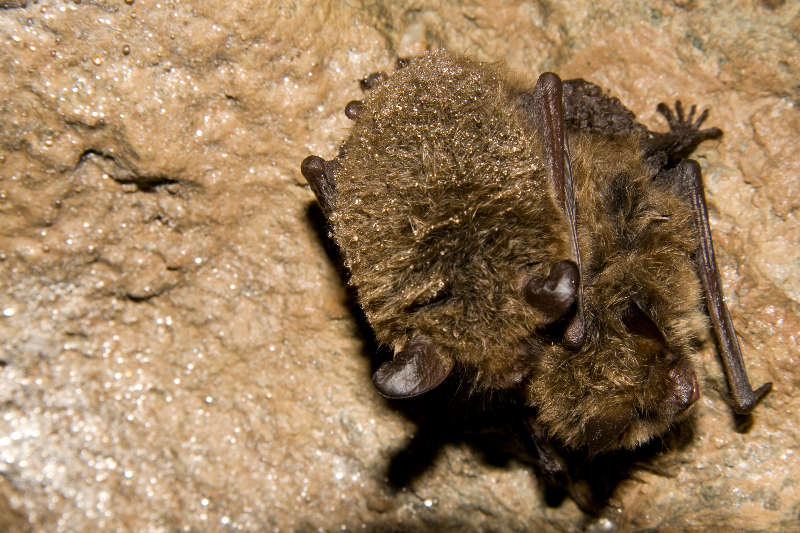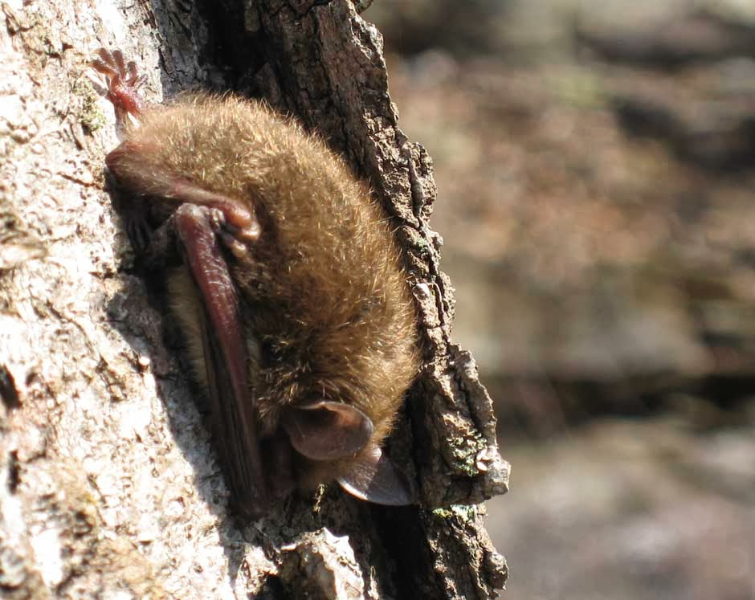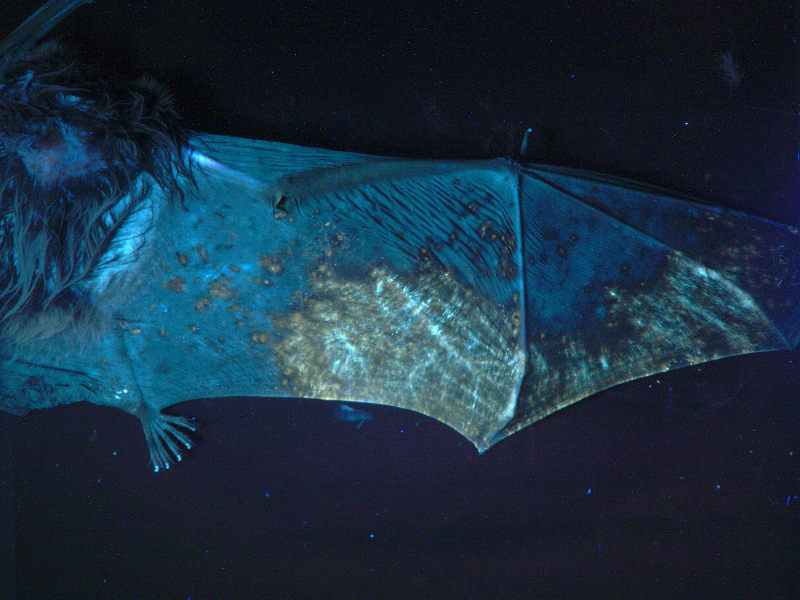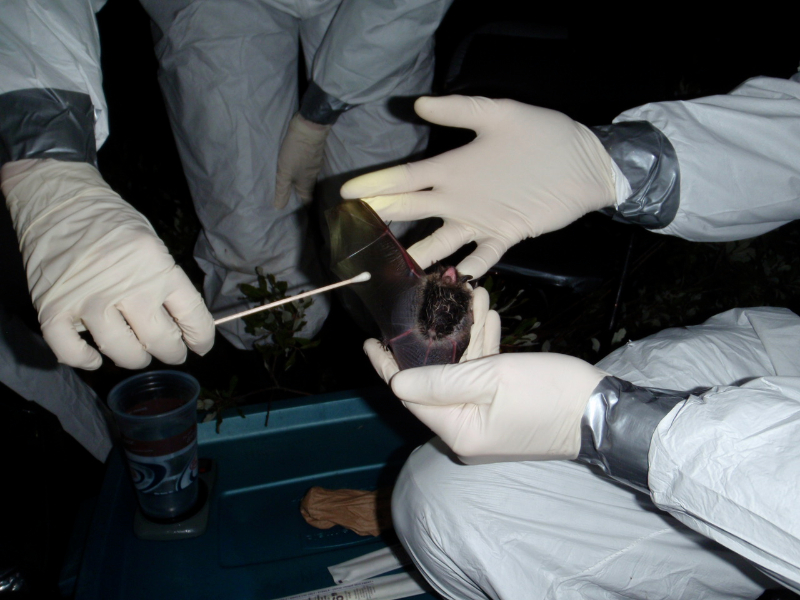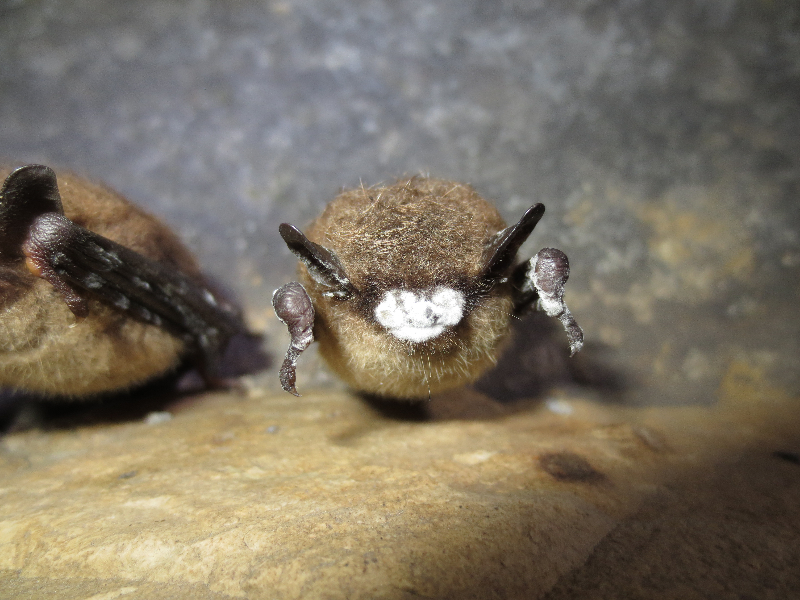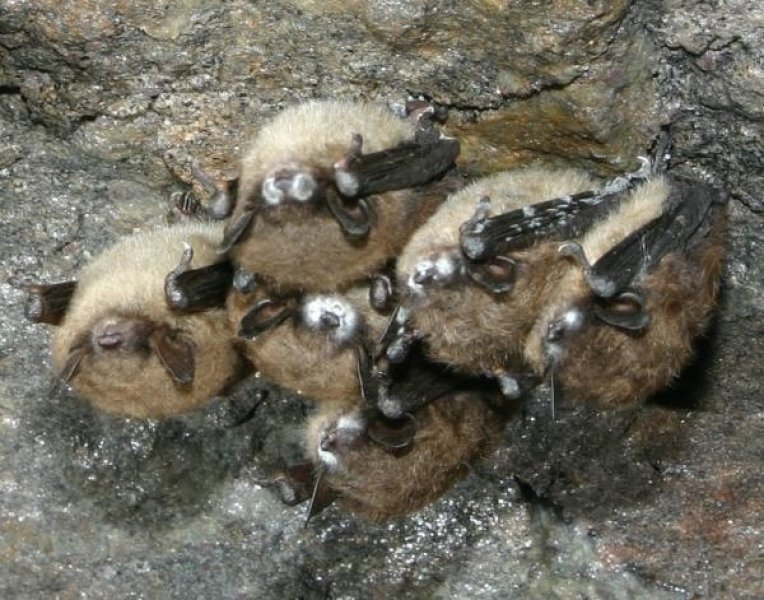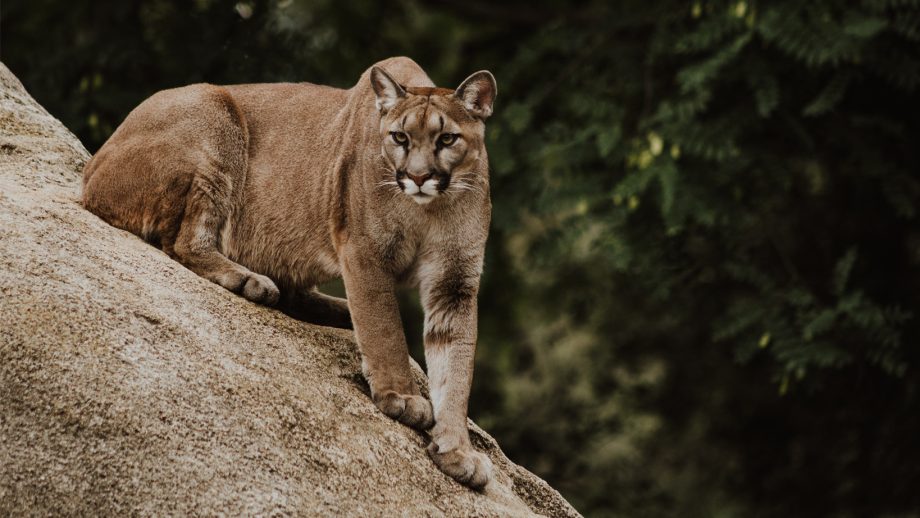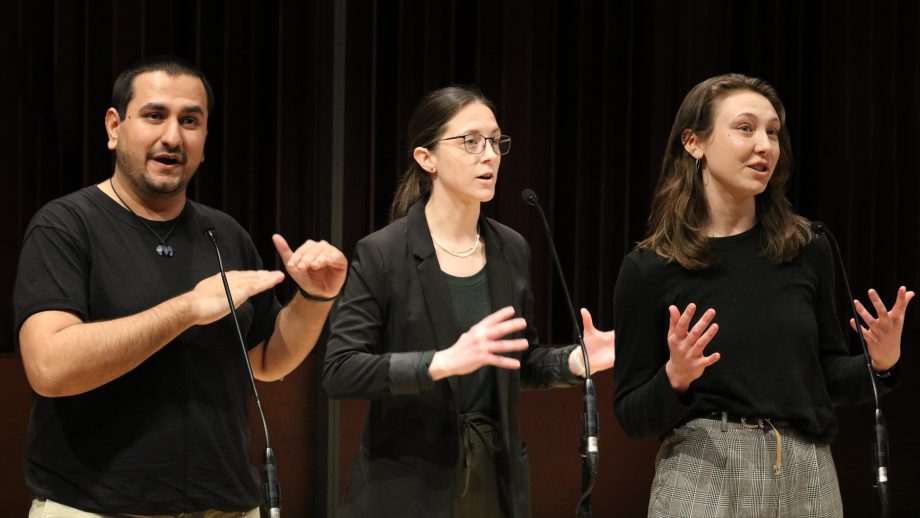White-nose syndrome (WNS) has caused devastating declines of bats across eastern North America and continues to spread — killing bats during winter as they hibernate. UWinnipeg’s Dr. Craig Willis (biology) and his bat team have recently been granted US$205,000 from the United States Fish and Wildlife Service (USFWS) to test if improving summer roosting habitat can help the few bats that survive WNS recover from the disease in spring and reproduce in summer.
Willis is also a co-investigator, in partnership with the Wildlife Conservation Society Canada, on a second USFWS grant of US$100,000 aimed at understanding whether bats inhabiting different areas of North America will be more or less susceptible to the disease.
White-nose syndrome is a devastating fungal disease that has killed millions of hibernating bats in less than 10 years, triggering what is thought to be the fastest decline of wild mammals in history. Outside of eastern North America, bats with WNS have been discovered in Washington State in 2016, leading scientists to anticipate that the disease may soon spread widely across the western half of the continent, including British Columbia and Alberta.
One key element of the habitat improvement grant from USFWS is the Neighbourhood Bat Watch. Founded by researchers from Quebec, the UWinnipeg team expanded Bat Watch to Manitoba and Ontario in 2015. The website now includes partners from Alberta and Saskatchewan and provides a platform where the general public can learn how to study and conserve bats, and upload easy to collect, but important data, for bat conservation.
“Our fantastic ‘Batwatchers’ are already providing great information and we hope this grant will help us reach more people interested in helping protect endangered bats,” says Kaleigh Norquay, the UWinnipeg bat team’s Research Coordinator.
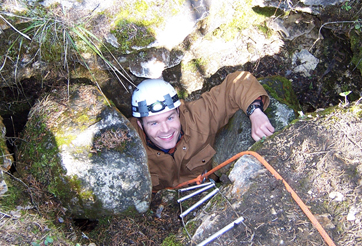
UWinnipeg’s Resident Batman & Biologist
As another key part of the project, Willis and his team will partner with Four Rivers Environmental Group from Thunder Bay, the environmental advisory team for nine First Nations of the Matawa Tribal Council in Northwestern Ontario.
“Scientists know very little about bat populations in the north so we’re really excited to be working with Four Rivers to find new sites in northern Ontario and help train local citizens and youth from a number of First Nations communities in techniques for studying and protecting bats,” says Willis.
“Our new partnership will help build on the success of the Bat Watch project and collect information vital for monitoring and conserving these important animals,” adds Gordon Parker, Environmental Projects and Training Officer with Four Rivers Environmental Services Group.
The second USFWS grant will help establish a partnership between UWinnipeg’s bat team and Wildlife Conservation Society Canada. Together they will increase their efforts to understand which bat species and populations are most vulnerable to the disease, and where populations may be able to ride out the arrival of white-nose syndrome and hopefully form the basis for an eventual bat recovery.
Background
To date, biologists have learned a great deal about the physiology and ecology of the winter phase of WNS but less is known about impacts of the disease during the reproductive season. For bats that survive winter with WNS, a second challenge occurs in spring as they rapidly mobilize a massive inflammatory response which causes extreme wing damage and will increase energetic costs. This challenge will be especially pronounced for females that depend on fat stored the previous fall to support spring reproduction. Warm summer roosts and avoidance of torpor by females speed offspring growth and females depend heavily on huddling with colony-mates to help maintain warm roost temperatures and rear pups. Population declines caused by WNS, and reduced colony sizes, could make it more difficult for females to find colony mates and maintain warm roosts.

